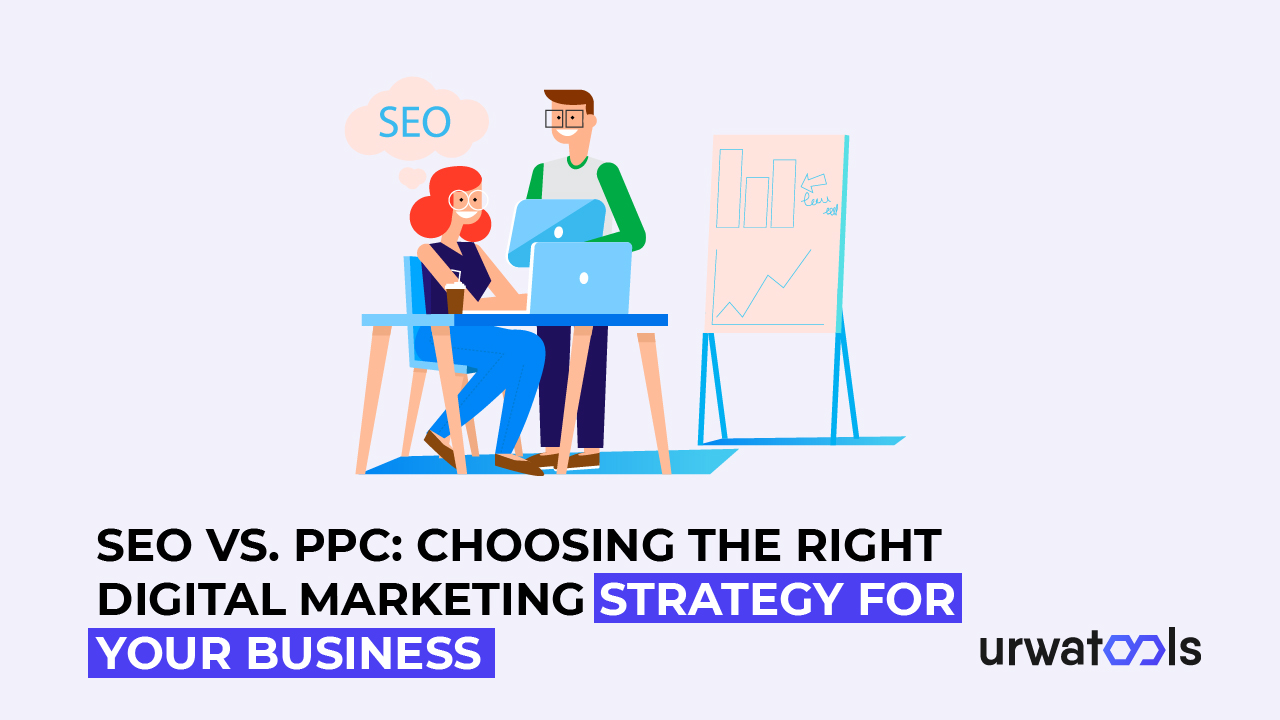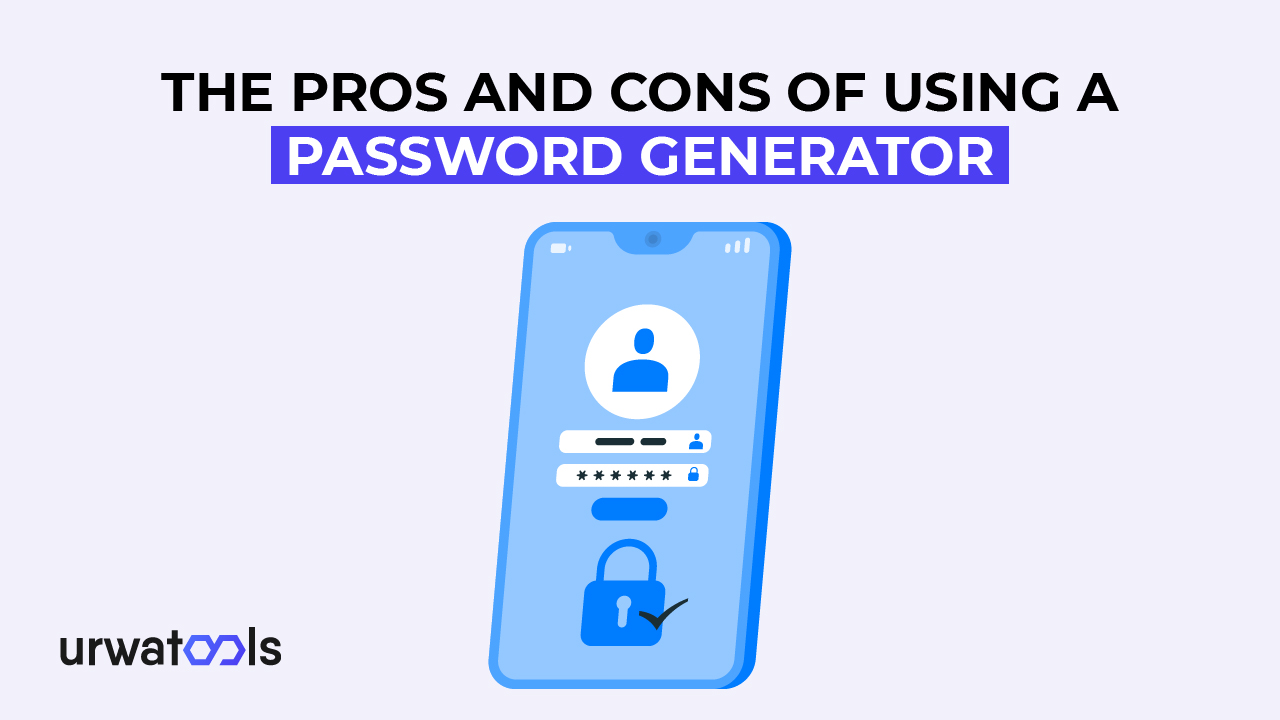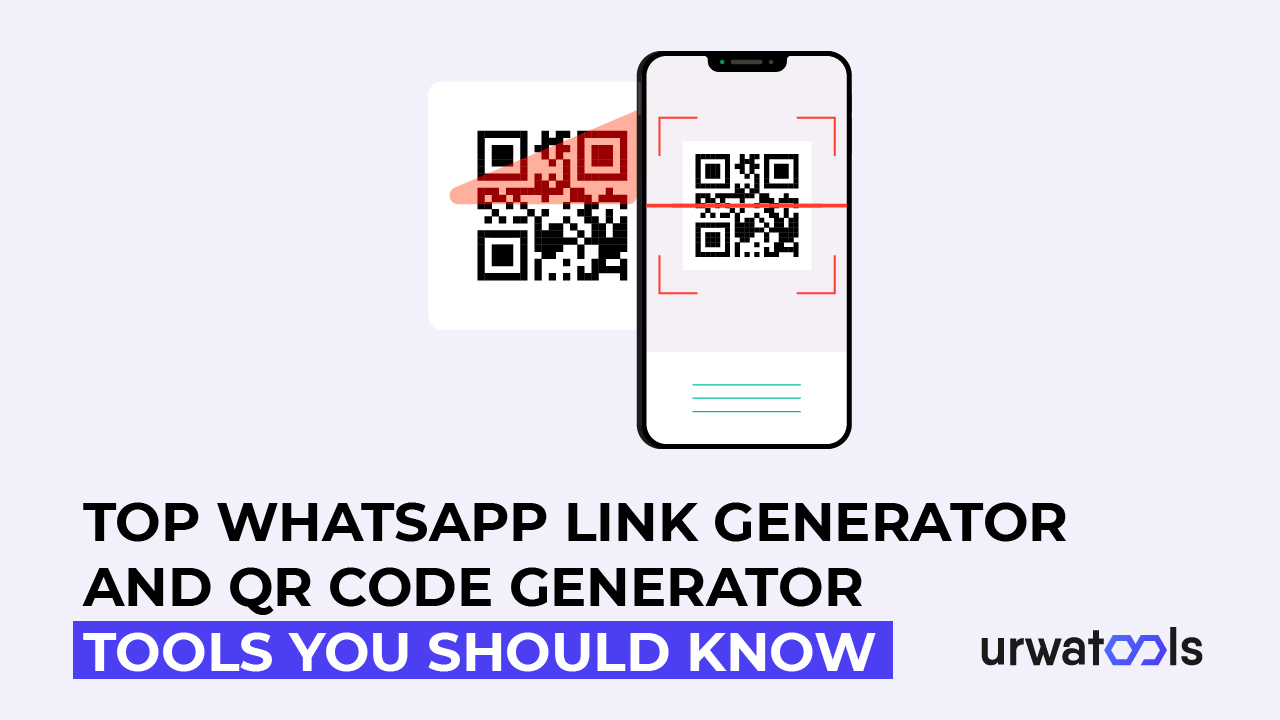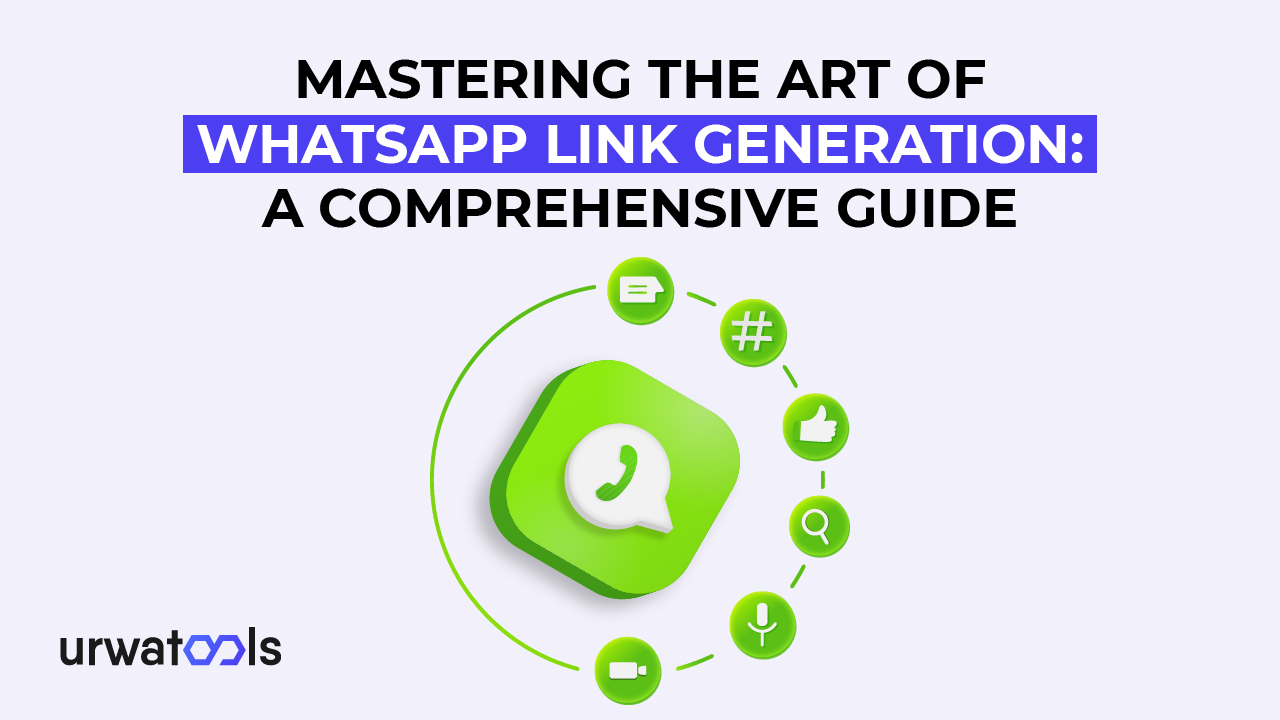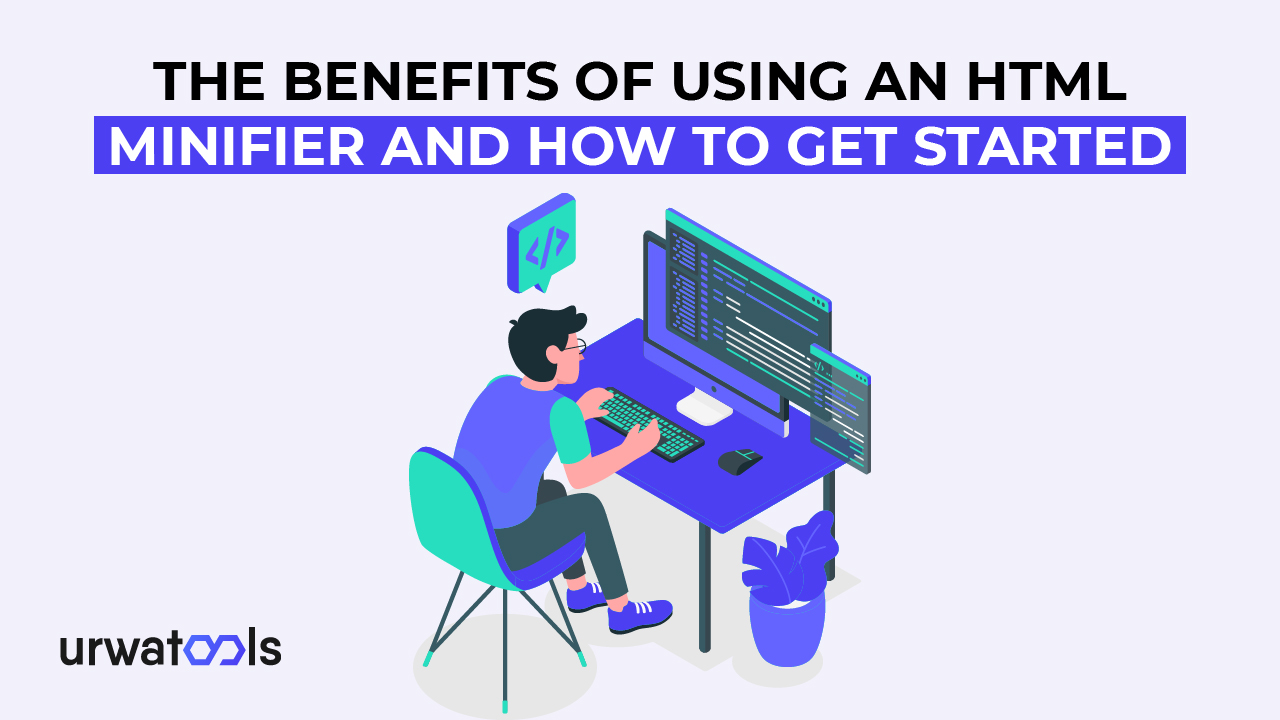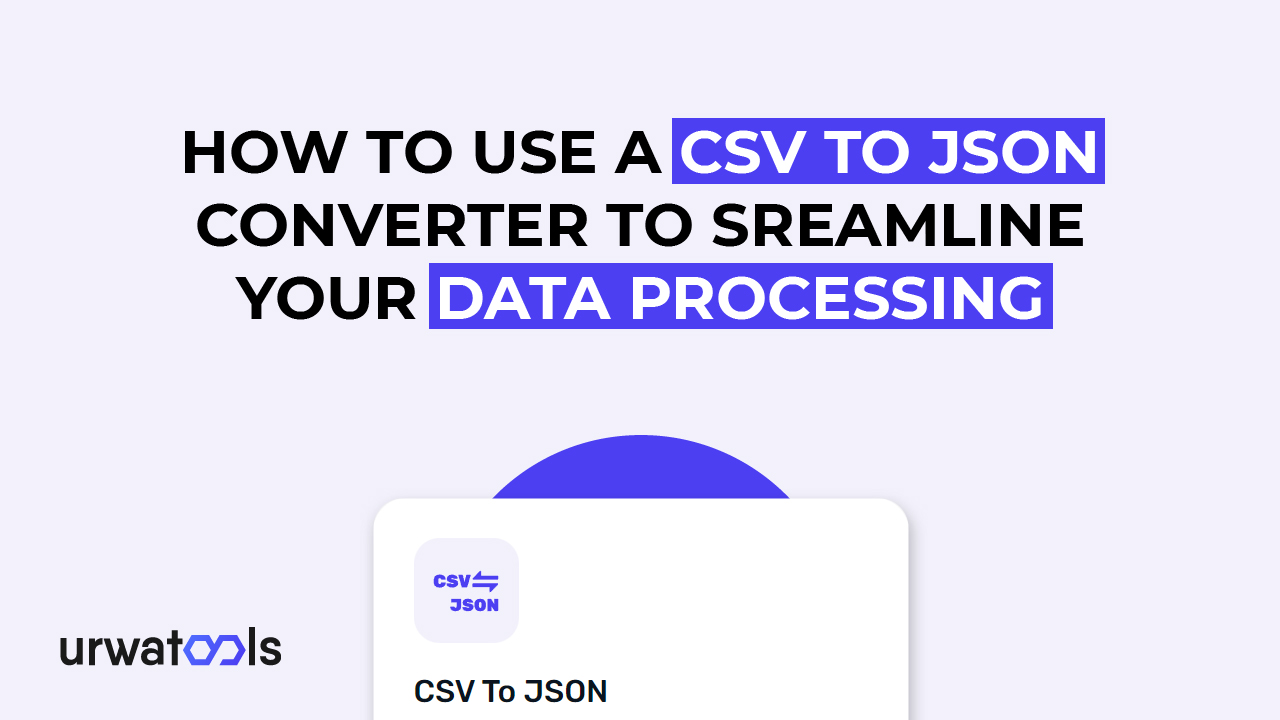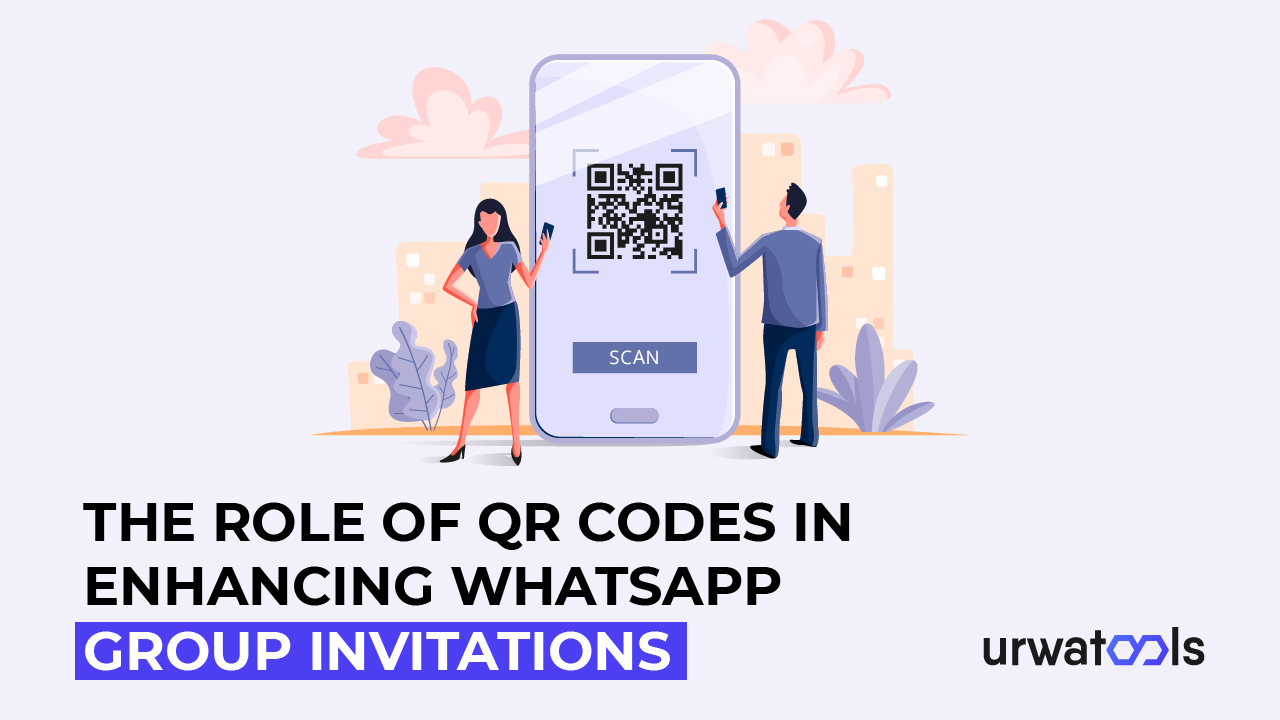SEO vs. PPC: Choosing the Right Digital Marketing Strategy for Your Business
Permalink1. Introduction
A solid online presence is critical to business success in today's digital world. Digital marketing has proven as one of the most effective tools for reaching and engaging customers. Search Engine Optimisation (SEO) and Pay-Per-Click (PPC) advertising are two main tactics businesses use to increase online exposure and attract clients.
In this post, we will explore SEO and PPC. We will examine their benefits and contrasts and how to select the most appropriate plan for your organization.
Understanding SEO:
Permalink2. What is SEO?
SEO, or Search Engine Optimisation, is an online marketing technique that increases a website's exposure and organic ranks in search engine results. It entails improving different parts of a website, such as its content, structure, and technological characteristics, to make your website more viable to search engines.
Permalink3. Understanding Search Engines
Google, Bing, and Yahoo are strong search engines that help consumers locate information, goods, and services online. They analyze and evaluate websites using complicated algorithms based on characteristics such as relevancy, quality, and user experience.
SEO components
Permalink4. Keyword research
The basis of efficient SEO is keyword research. It entails determining the particular terms and phrases consumers seek while seeking information about a company or sector. Businesses may improve their chances of appearing in relevant search results by selecting the proper keywords.
Permalink5. On-page optimization
On-page optimization improves individual web pages' content and components to be more search engine friendly. On-page optimization comprises the following:
a. Content Optimization: Creating high-quality, relevant, and helpful content aligned with intent and targeted keywords.
b. Meta Tags: Optimized meta titles and descriptions are HTML elements that give short summaries of web page content in search results.
c. Heading Tags: Using heading tags (H1, H2, H3, etc.) to organize material and emphasize key areas.
d. URL Structure: Creating descriptive, user-friendly URLs with appropriate keywords.
e. Internal Linking: Connecting relevant pages inside a website to facilitate navigation and distribute link authority.
Permalink6. Optimization of Off-Page
Off-page optimization focuses on increasing a website's authority and reputation through external sources. Off-page optimization approaches include:
a. Link Building: Obtaining high-quality backlinks from credible and relevant websites to increase website authority and exposure.
b. Social Signals: Encourage social sharing and interaction to boost website exposure and traffic.
c. Online Reputation Management: Monitoring and maintaining a company's online reputation by responding to consumer reviews and comments.
Permalink7. Technical SEO
Technical SEO involves optimizing the physical aspects of a website to enhance its crawl ability, indexability, and user experience. Key technical SEO considerations include:
a. Website Speed: Ensure quick page load times to create a positive user experience while meeting search engine standards.
b. Mobile-Friendliness: Making the website mobile-friendly to handle the growing number of mobile visitors and increase search engine results.
c. Site Architecture: A logical and organized website makes site architecture simpler for search engine crawlers to crawl and understand its material.
d. XML Sitemaps: Creating XML sitemaps that list all web pages on a website, helping search engines discover and index the material.
e. Robots.txt: Setting up the robots.txt file to advise search engine crawlers on which sites should be scanned and indexed.
Permalink8. Benefits of SEO
a. Cost-Effectiveness: SEO may be a cost-effective digital marketing technique compared to other promotion methods. While an initial investment is required, the long-term advantages outweigh the expenditures.
b. Long-Term Results: SEO is a long-term approach to developing a dependable internet presence. Once optimized, a website's rankings and organic traffic may be sustained for a lengthy period.
c. Organic visitors: SEO boosts organic search ranks, increasing exposure and targeted visitors. Organic traffic is visitors arriving at a website via unpaid search engine results.
d. Credibility and Trust: Higher organic ranks foster user trust and credibility. When a website appears on the first page of search results, users believe it is more trustworthy and authoritative.
e. Brand Visibility: SEO helps enhance brand visibility by increasing website exposure in search results. Improved visibility leads to more brand impressions, positively impacting brand recognition and recall.
Permalink9. Understanding PPC
Permalink1. What is PPC?
PPC (Pay-per-click) is an online advertising in which the advertisers charge each time their ad is clicked. Bidding on keywords related to their target audience and advertising on search engine results from pages or other websites inside the ad network is involved.
Permalink2. How Does Pay Per Click Work?
Keyword research, ad development, bid management, and landing page optimization are all phases of a PPC campaign.
a. Keyword Research: Advertisers research keywords to determine which terms are most relevant to their target audience. When consumers search for similar phrases, these keywords trigger advertising.
b. Ad Creation: PPC advertising catches consumers' attention and urges them to click. Advertisers write interesting ad content to increase exposure and attractiveness and pick appropriate ad extensions.
c. Advertisers: Bid on keywords to decide how much they will spend for each click. Ad placement is more likely with higher bids, but advertisers only pay when their ad is clicked.
d. Landing Page Optimization: The landing page is the page users are sent after clicking on the advertisement. Optimize the landing page to maximize conversions by providing a consistent user experience, appropriate information, and a compelling call to action.
Permalink10. Benefits of PPC
a. Instant Results: Because PPC ads create instant traffic and results, they are an excellent option for firms seeking immediate visibility and conversions.
b. Targeted Advertising: Pay-per-click (PPC) advertising allows advertisers to target specific demographics, regions, and interests, ensuring that only relevant audiences will land on the ads. This level of specificity boosts quality and attracts.
c. Measurable ROI: PPC offers explicit measures for calculating return on investment (ROI). Advertisers may measure ads' efficiency by tracking clicks, conversions, and other key performance indicators (KPIs).
d. Flexibility and Control: PPC allows budget allocation and campaign changes. Advertisers may set daily budgets, alter bids, halt or continue campaigns, and perform real-time optimizations to meet marketing objectives.
e. Brand Exposure: PPC ads appear prominently on search engine result pages, often above organic listings. This prime ad placement enhances brand exposure and visibility, especially for competitive keywords.
Permalink11. Comparing SEO and PPC
Permalink1. Cost Comparison:
a. SEO Costs: SEO costs vary based on criteria such as the keywords' competition, the website's complexity, and the amount of optimization necessary. Hiring an SEO professional or agency, content production, and technological enhancements may all be part of the initial expenditure. Content updates, monitoring, and maintenance are common ongoing expenditures.
b. PPC expenses: PPC expenses are determined by keyword bidding competition, ad quality score, and budget allocation. Advertisers specify a daily or monthly budget and pay for each click on their ad. The cost per click (CPC) fluctuates for each term, ranging from a few cents to several dollars or more.
Permalink2. Timeframe for Results:
a. SEO Timeline: SEO is a long-term approach that requires perseverance. Because search engines need time to read, crawl, and index optimized content, it may take many months to see substantial results. The timetable is also affected by elements such as the sector's competitiveness, the website's authority, and the amount of optimization applied.
b. PPC Timeline: PPC campaigns can produce instant results. Ads can begin displaying and generating visitors to the website after the campaign is set up and approved. Optimizing and fine-tuning the campaign for optimal effectiveness, on the other hand, may require constant modifications and monitoring.
Permalink3. Traffic Sources:
a. Organic Traffic (SEO): SEO directs organic traffic from search engine result pages. A website ranking higher in organic search results receives enhanced visibility. It clicks from individuals actively looking for related information or items.
b. Paid Traffic (PPC): Paid traffic is generated by presenting advertisements to visitors based on their search queries or browsing behaviour. Advertisers pay for each click, and advertisements show above or alongside organic search results, improving clicks and conversions.
Permalink4. Long-Term vs. Short-Term Results:
a. SEO Longevity: SEO is a long-term investment that may continue to drive traffic and results even after initial optimization activities have been completed. Once a website obtains high ranks and authority, it can sustain visibility for a lengthy period, eliminating continued expenditure.
b. Instant Impact of PPC: PPC has immediate impacts and outcomes. Ads can be quickly designed and deployed, and companies can begin generating traffic and conversions immediately. However, visibility and traffic disappear once the campaign is over or funding is depleted.
Permalink5. Targeting Capabilities:
a. SEO Targeting: Because SEO focuses on optimizing a website for specific keywords and user intent, it gives greater search engine optimization options. While targeting certain demographics or places is difficult, SEO attracts people looking for relevant information or answers.
b. PPC Targeting: PPC allows marketers to select certain demographics, geographies, and interests, as well as retarget past visitors. This degree of targeting guarantees that advertising is seen to a highly relevant audience, enhancing conversion rates.
Permalink6. ROI Measurement:
a. SEO ROI: Measuring SEO ROI can be difficult due to the numerous elements influencing organic search rankings. Organic traffic, keyword ranks, and conversions are all metrics that can provide insight into SEO operations' efficacy. However, it might be challenging to attribute conversions purely to SEO because other marketing channels and touchpoints may be involved.
b. PPC ROI: PPC gives specific measures for calculating ROI. Advertisers can measure ROI by tracking clicks, conversions, cost per conversion, and other KPIs. Linking conversions to individual campaigns and keywords simplifies PPC ROI monitoring.
Permalink12. Choosing the Right Digital Marketing Strategy
Permalink1. Evaluating Your Goals:
a. Short-Term Objectives: If your company wants instant results, generates quick traffic, or promotes limited-time specials, PPC may be the most effective option. Its instant effect and adaptability allow quick revisions to fit short-term objectives.
b. Long-Term Goals: If you want to develop a long-term online presence, increase organic exposure, and drive steady traffic, SEO is the way to go. SEO's long-term advantages and cost-effectiveness complement company goals.
c. Brand Awareness Objectives: SEO and PPC can help with brand awareness. SEO improves organic visibility and brand exposure. PPC may significantly improve brand awareness among a certain population due to its premium ad positions and tailored reach.
d. Lead creation Objectives: PPC is ideal for lead creation because of its precision targeting capabilities and immediate impact. It can direct traffic to conversion-optimized landing pages. SEO creates organic leads by attracting visitors looking for relevant information or solutions.
e. E-commerce Objectives: For e-commerce enterprises, a mix of SEO and PPC can produce the most effective results. PPC may target particular product keywords and create instant revenue, whereas SEO promotes organic site traffic.
Permalink2. Assessing budget constraints:
a. SEO Budget Considerations: SEO requires a preliminary investment in website optimization, content production, and technological enhancements. Content updates, monitoring, and maintenance are ongoing expenditures. While SEO can be cost-effective in the long run, it may necessitate a larger initial expenditure.
b. PPC Budget Considerations: PPC advertising requires a budget, and advertisers pay for each click. Businesses might begin with a minimal allocation and gradually increase it as they see improvements in their business. However, PPC expenditures can quickly erode, especially in highly competitive industries or with broad targeting.
Permalink3. Analyzing the Timeframe:
a. SEO Time Commitment: SEO is time-consuming and requires ongoing efforts. Significant results might take many months to appear, and constant optimization is required to retain ranks and respond to search engine algorithm changes.
b. PPC Time Commitment: While setting up a PPC campaign is possible, continual monitoring and optimization are critical for success. Advertisers must devote time to keyword research, ad production, bid management, performance analysis, and changes to maximize campaign efficacy.
Permalink4. Considering the Target Audience:
a. Considerations for SEO Audience: SEO tries to attract visitors actively looking for certain keywords or subjects. Those in the research or contemplation stages of the buyer's journey are included in the larger audience. SEO relevance to user intent and the quality of content both play a significant part in attracting the correct audience.
b. Considerations for PPC Audiences: PPC targets specified demographics, geographies, interests, and behaviours. Advertisers may customize their advertising to attract a highly targeted demographic and enhance conversions. PPC attracts people throughout the buyer's journey's contemplation or decision phase.
Permalink5. Combining SEO and PPC:
a. Advantages of a Combined Approach: Combining SEO and PPC can have synergistic benefits and improve digital marketing strategies. PPC can bring instant visibility and visitors, but SEO improves organic rankings over time. Thanks to this combination, businesses may cover more areas of search and target customers at various points of the buyer's journey.
b. Synergistic Effects: Businesses may acquire insights into high-performing keywords, ad text, and landing pages by analyzing PPC data. This data may be used to boost organic results for chosen keywords and optimize SEO efforts.
c. Budget Allocation: The optimal budget allocation between SEO and PPC is determined by the individual business goals, industry competitiveness, and available resources. Digital marketing strategies may be optimized with a balanced approach that aligns with corporate objectives and audience targeting.
Permalink13. Conclusion
SEO and PPC are critical to increasing online exposure and gaining clients in the digital marketing landscape. Understanding the benefits and disadvantages of these two tactics is critical for organizations to make educated decisions.
While SEO provides long-term sustainability, cost-effectiveness, and organic traffic, it takes time and continual work. Conversely, PPC provides fast results, precision targeting, and demonstrable ROI but requires recurring expenditures.
Evaluating goals, examining financial limits, analyzing timetables, considering the target demographic, and perhaps Search Engine Optimization and PPC for synergistic results are all part of choosing the right digital marketing plan. Continuous monitoring, analysis, and modification are required to optimize the chosen approach and ensure sustainable growth in the competitive digital world.


